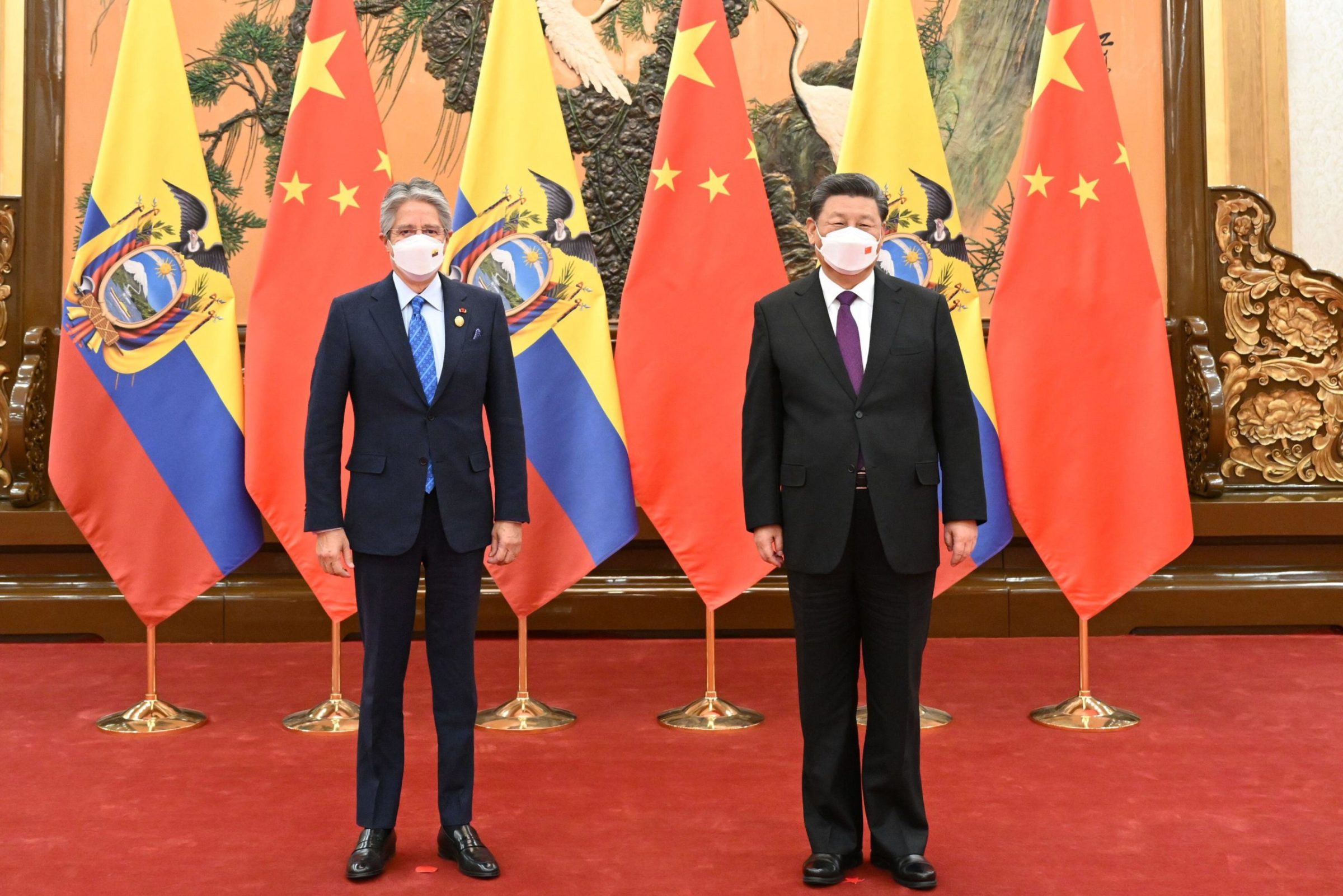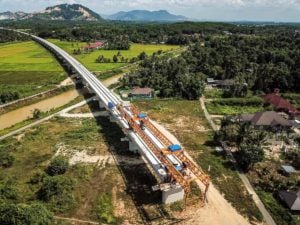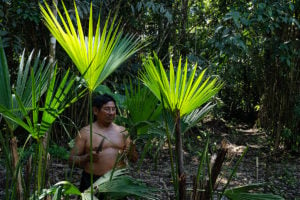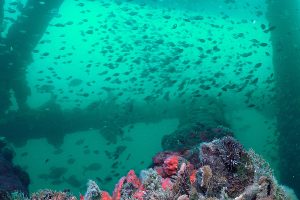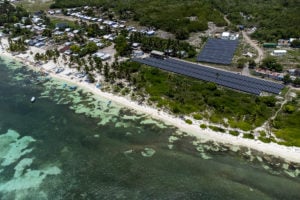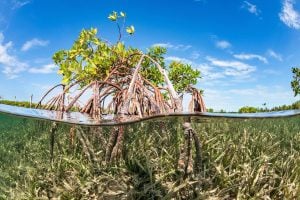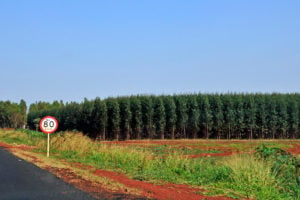Last month, Ecuadorians voted to end oil production in the Yasuní National Park, one of the world’s richest biodiversity hotspots.
The historic referendum came alongside the country’s general elections, which will now see two presidential candidates with different outlooks on the Yasuní matter head to a runoff this October. Whichever candidate prevails will face a core question for determining Ecuador’s future: what is the country’s future development strategy in a post-oil economy?
How this question is answered will have important ramifications for the Ecuador-China relationship. To date, China has played an important role in Yasuní oil extraction, with Ecuador having contracted Chinese firms Sinopec and Chuanqing Drilling Engineering Company to carry out operations in the Yasuní-ITT oil block (also known as Block 43), though Ecuadorian state-owned PetroEcuador holds the concession itself.
More broadly, beyond Yasuní-ITT, Ecuador’s oil reserves are expected to last only a few more years.
China’s partnership with Ecuador need not end with oil. Indeed, having already sought to establish itself as a partner in conservation education in the Amazon, China could ensure its position in Ecuador’s post-oil future.
The Universidad Regional Amazónica Ikiam – an institution dedicated to conservation and sustainability research in Ecuador’s Amazon region – was established in 2013 with the participation of China CAMC Engineering, a Chinese state-owned builder. Among its endeavours is the management of the Colonso-Chalupas biological reserve that neighbours its campus in the city of Tena. Building capacity for institutions such as this will be key to nurturing sustainable regional economic activity.
Raising sufficient funds will be an obstacle to expanding these efforts, given Ecuador’s current debt stress. In 2022, the United Nations Development Progamme (UNDP) labelled Ecuador among the 54 most debt-vulnerable countries, due to its high borrowing costs and existing debt levels.
Earlier this year, the Debt Relief for a Green and Inclusive Recovery (DRGR) project – an initiative in which my organisation, Boston University Global Development Policy Center, participates – called for a “New Common Framework” for major global debt relief that would include Ecuador. This would involve immediate debt restructuring and exchanging old bonds for new Brady-type bonds with easier repayment terms, the proceeds of which can be used to support progress towards national sustainable development commitments, such as the Escazú Agreement, which Ecuador has ratified and continues to work toward implementing.
In the 1990s, the Brady bonds, named after former US Treasury Secretary Nicholas Brady, saw private creditors provide debt relief in exchange for bonds with greater assurance of collectability. They allowed countries to repay foreign bank loans, and helped to ease the 1980s Latin American debt crisis.
China has already participated in significant debt restructuring with Ecuador, such as the agreement in 2022 to postpone over US$1 billion in debt payments until 2025. However, when that time comes, it will be important to establish a more permanent debt resolution, considering Ecuador may not be able to fall back on oil revenue for debt repayment. One way to design such an arrangement could be a debt-for-nature swap, in which part of Ecuador’s debt repayment obligations would be converted into longer-term, more affordable commitments to fund and expand conservation efforts in partnership with China. In fact, vice-presidential candidate Andrés Arauz co-authored a recent academic study exploring the potential for just such a debt swap with China, which would help to expand the Colonso-Chalupas reserve and Ikiam’s capacity to manage it.
Such deals are not new to Ecuador. Earlier this year, Ecuador entered into the largest ever marine debt swap, converting US$1.6 billion in bonds into US$323 million in obligations to establish and manage the Galápagos Life Fund, which will help to guarantee conservation of this unique ecosystem. The Inter-American Development Bank and the United States International Development Finance Corporation provided insurance on this arrangement, allowing Ecuador to re-purchase the debt at better terms.
This type of arrangement can free up resources for sustainable development projects, but also carry significant risks if they are not accompanied by broader debt relief. For example, bond ratings agencies typically downgrade a country’s credit rating, as the swap is seen as a type of default or “distressed exchange”. Thus, debt-for-nature swaps can make it more difficult for countries to renegotiate other debt or raise additional resources. It is vital for Ecuador that other creditors – such as China – work to resolve debts to them simultaneously, so Ecuador is not left in a worse position. China’s existing debt payment suspensions are a crucial first step. Planning to convert those obligations to joint conservation commitments after 2025 could be one way to preserve the Ecuador-China partnership in the long term.
For over a decade, China has been Ecuador’s most important international partner in developing hydrocarbons in the Amazon. That chapter looks to be coming to a close. Ecuador will need international partners to support its vision for a more sustainable Amazon. If China chooses to invest in that vision, it can ensure a prominent role in a post-oil Ecuador.
